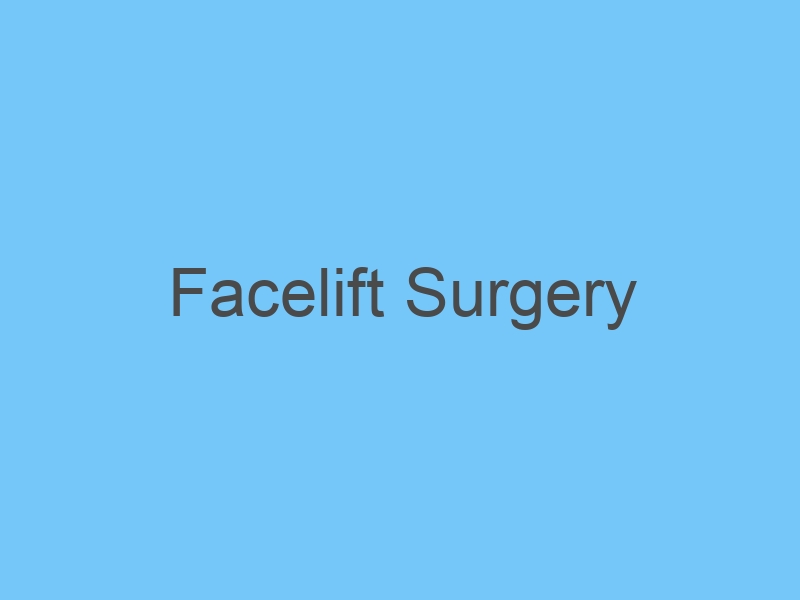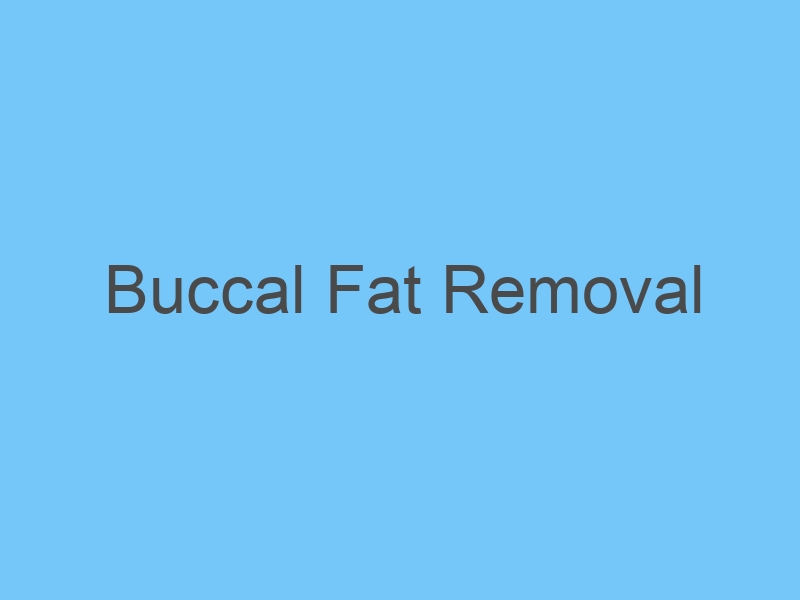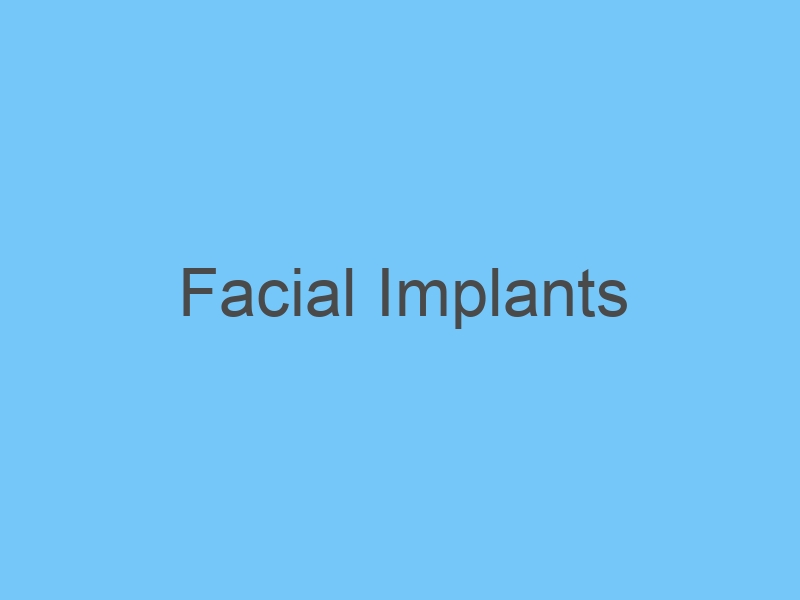
Ear Surgery
Ear surgery, also known as otoplasty, refers to a range of surgical procedures performed on the ears to reshape, reposition, or enhance their appearance. Otoplasty can be performed for cosmetic reasons, reconstructive purposes, or a combination of both. Here are the key aspects of ear surgery:
1. Cosmetic Otoplasty: Cosmetic otoplasty focuses on improving the aesthetics of the ears. Common goals include:
- Prominent Ear Correction: This is often referred to as “ear pinning.” The procedure is designed to address ears that protrude prominently from the sides of the head, creating a more balanced and natural appearance.
- Ear Reshaping: Cosmetic otoplasty can reshape ears that are excessively large, asymmetrical, or have irregular contours.
2. Reconstructive Otoplasty: Reconstructive otoplasty is performed to correct deformities, injuries, or congenital conditions affecting the ears. Examples include:
- Microtia Repair: Microtia is a congenital condition where the external ear is underdeveloped or absent. Reconstructive surgery involves creating a more natural ear shape using cartilage grafts.
- Earlobe Repair: This procedure corrects torn or stretched earlobes, which can result from trauma, heavy earrings, or earlobe gauging.
3. Procedure: The specifics of an ear surgery procedure will depend on the individual’s needs and goals. Generally, the procedure involves the following steps:
- Anesthesia: Ear surgery can be performed under local or general anesthesia, depending on the extent of the procedure and the patient’s preference.
- Incisions: Incisions are typically made in inconspicuous locations, such as behind the ear or within the natural creases. This minimizes visible scarring.
- Cartilage Reshaping: The surgeon may reshape, trim, or fold the cartilage to achieve the desired ear shape.
- Suture Closure: The incisions are closed with sutures, and bandages are applied to protect the ears during the initial healing period.
4. Recovery: Recovery time varies depending on the extent of the surgery. Patients may experience swelling, bruising, and discomfort, which should gradually subside. Following the surgeon’s post-operative instructions is crucial for a smooth recovery.
5. Results: The results of ear surgery become more apparent as swelling decreases and the ears heal. Both cosmetic and reconstructive otoplasty aim to achieve natural-looking results that enhance facial harmony and boost self-confidence.
If you are considering ear surgery, it’s important to consult with a board-certified plastic surgeon or an experienced ear surgery specialist. They can evaluate your individual case, discuss your goals, and recommend the most appropriate surgical approach to achieve your desired outcome.
What are the different types of ear surgery?
There are several different types of ear surgery, each designed to address specific concerns related to the appearance, structure, or function of the ears. Here are the main types of ear surgery:
1. Otoplasty (Cosmetic Ear Surgery): Otoplasty is a type of cosmetic ear surgery aimed at improving the appearance of the ears. It can involve various techniques to reshape, reposition, or resize the ears. Common goals of otoplasty include:
- Prominent Ear Correction (Ear Pinning): This procedure reduces the appearance of ears that protrude prominently from the sides of the head.
- Ear Reshaping: Otoplasty can address concerns related to the size, shape, or symmetry of the ears to achieve a more balanced and aesthetic look.
2. Reconstructive Ear Surgery: Reconstructive ear surgery is performed to restore the structure and function of the ears, often due to congenital deformities, trauma, or previous surgeries. Common types of reconstructive ear surgery include:
- Microtia Repair: Microtia is a congenital condition where the external ear is underdeveloped or absent. Reconstructive surgery can create a more natural ear appearance using cartilage grafts.
- Earlobe Repair: This procedure involves repairing torn or stretched earlobes, which can occur due to trauma, heavy earrings, or earlobe gauging.
- Congenital Deformities: Reconstructive surgery can address various congenital ear deformities to improve function and aesthetics.
3. Earlobe Reduction Surgery: Earlobe reduction surgery is a procedure performed to reduce the size of overly large or elongated earlobes. It can be a cosmetic enhancement for individuals who are unhappy with the appearance of their earlobes.
4. Split Earlobe Repair: Split earlobes can occur due to trauma, heavy earrings, or stretching. Repairing a split earlobe involves suturing the tissues to close the gap and reconstructing a natural-looking earlobe shape.
5. Earlobe Reconstruction after Skin Cancer Removal: In cases where skin cancer affects the earlobe, surgical removal of the cancerous tissue may leave a defect. Earlobe reconstruction can restore the earlobe’s appearance and function after cancer excision.
6. Stahl’s Ear Deformity Correction: Stahl’s ear deformity, also known as “Spock ear,” is characterized by a pointed or “elf-like” appearance of the upper ear. Corrective surgery involves reshaping the cartilage to create a more natural contour.
The specific type of ear surgery that is suitable for an individual depends on their unique needs, concerns, and goals. It’s important to consult with a qualified and experienced plastic surgeon or ear surgery specialist to determine the most appropriate procedure based on your situation. They can provide personalized recommendations and guide you through the process to achieve the best possible outcome.
Is ear surgery a major surgery?
Ear surgery, also known as otoplasty, can vary in complexity and extent, leading to a range of classifications from minor to major surgery. The classification depends on factors such as the specific type of ear surgery being performed, the surgical approach used, the extent of tissue manipulation, and the overall impact on the patient’s health and well-being.
In general, many types of otoplasty procedures are considered to be relatively minor surgeries. These procedures often involve localized incisions, cartilage reshaping, and suturing. Examples of minor ear surgery include:
- Prominent Ear Correction (Ear Pinning): This procedure aims to reduce the appearance of ears that protrude prominently from the sides of the head. It is often considered a minor surgery.
- Earlobe Repair: Repairing torn or stretched earlobes due to trauma or heavy earrings is a relatively minor procedure.
- Split Earlobe Repair: Suturing a split earlobe is generally a minor surgical procedure.
On the other hand, some ear surgeries can be more extensive and complex, classifying them as major surgeries. Examples of major ear surgery include:
- Microtia Reconstruction: Microtia is a congenital condition where the external ear is underdeveloped or absent. Reconstructing a more natural ear shape using cartilage grafts is a complex and major surgery that may require multiple stages.
- Reconstruction after Skin Cancer Removal: If ear surgery is performed to reconstruct the ear following the removal of skin cancer, the complexity of the procedure can classify it as major surgery.
- Revision Surgery or Complex Deformities: In cases where there is a need for correcting complications from previous surgeries or addressing complex deformities, the surgical approach may be more involved and considered major surgery.
It’s important to note that while certain types of ear surgery may be classified as major or minor, the classification itself doesn’t solely determine the significance of the procedure. Factors such as the patient’s health status, the surgeon’s expertise, the specific technique used, and the expected outcome all play a role in assessing the nature of the surgery.
Before undergoing any type of ear surgery, it’s crucial to have a thorough consultation with a board-certified plastic surgeon or an experienced ear surgery specialist. They can provide you with a detailed understanding of the procedure’s complexity, potential risks, and expected outcomes, allowing you to make an informed decision about your treatment plan.
What are the surgery for ear problems?
There are various surgical procedures that can be performed to address different types of ear problems, both cosmetic and medical. The specific surgery recommended will depend on the nature of the ear issue. Here are some common ear surgeries:
1. Otoplasty (Cosmetic Ear Surgery): Otoplasty is a cosmetic procedure performed to reshape, reposition, or enhance the appearance of the ears. It includes procedures such as:
- Prominent Ear Correction (Ear Pinning): This procedure reduces the appearance of ears that protrude prominently from the sides of the head.
- Ear Reshaping: Otoplasty can address concerns related to the size, shape, or symmetry of the ears to achieve a more balanced and aesthetic look.
2. Tympanoplasty: Tympanoplasty is a surgical procedure performed to repair a perforated or damaged eardrum. It involves grafting tissue onto the eardrum to close the hole and improve hearing.
3. Mastoidectomy: Mastoidectomy is a surgical procedure that involves removing infected or damaged mastoid bone, which is located behind the ear. It is often performed to treat chronic ear infections that have spread to the mastoid.
4. Myringotomy (Ear Tube Surgery): Myringotomy involves creating a small incision in the eardrum to insert a tiny tube. This procedure is often performed to treat chronic ear infections and fluid buildup in the middle ear.
5. Stapedectomy: Stapedectomy is a surgical procedure performed to treat hearing loss caused by otosclerosis, a condition where the stapes bone in the middle ear becomes fixed and cannot transmit sound vibrations properly. The stapes bone is replaced with a prosthetic device.
6. Cochlear Implant Surgery: Cochlear implant surgery is performed for individuals with severe hearing loss or deafness. A cochlear implant is an electronic device that bypasses damaged parts of the inner ear to provide sound signals directly to the auditory nerve.
7. Earlobe Repair: Earlobe repair surgery is performed to correct torn or stretched earlobes, often due to trauma, heavy earrings, or earlobe gauging.
8. Microtia Reconstruction: Microtia reconstruction is a complex surgery to create a more natural ear appearance for individuals born with underdeveloped or absent external ears.
9. Tumor Removal: Surgery may be performed to remove benign or malignant tumors of the ear, such as acoustic neuromas or skin cancers.
10. Tinnitus Surgery: In some cases of severe tinnitus (ringing in the ears), surgery might be considered to address the underlying cause.
It’s important to consult with an experienced ear, nose, and throat (ENT) specialist or a board-certified plastic surgeon to determine the most appropriate surgical procedure for your specific ear issue. They can provide a thorough evaluation, discuss treatment options, and guide you through the decision-making process.

Dr Clara Lee is specializes in aesthetic/cosmetic plastic surgery of the face, nose, breast and body, and is considered one of the best facial plastic surgeons in the world. MD, FACS, is highly qualified and experienced in the field of plastic surgery and aesthetic care and has performed over 10,000 surgical procedures.
About
Dr. Clara Lee couples his outstanding professional credentials and ethics with a personalized approach to patient care and a keen eye for aesthetic beauty.
Specialties: plastic surgeon, plastic surgery
by Clara Lee
Reviewed by Clara Lee
approved by Dr Clara Lee








